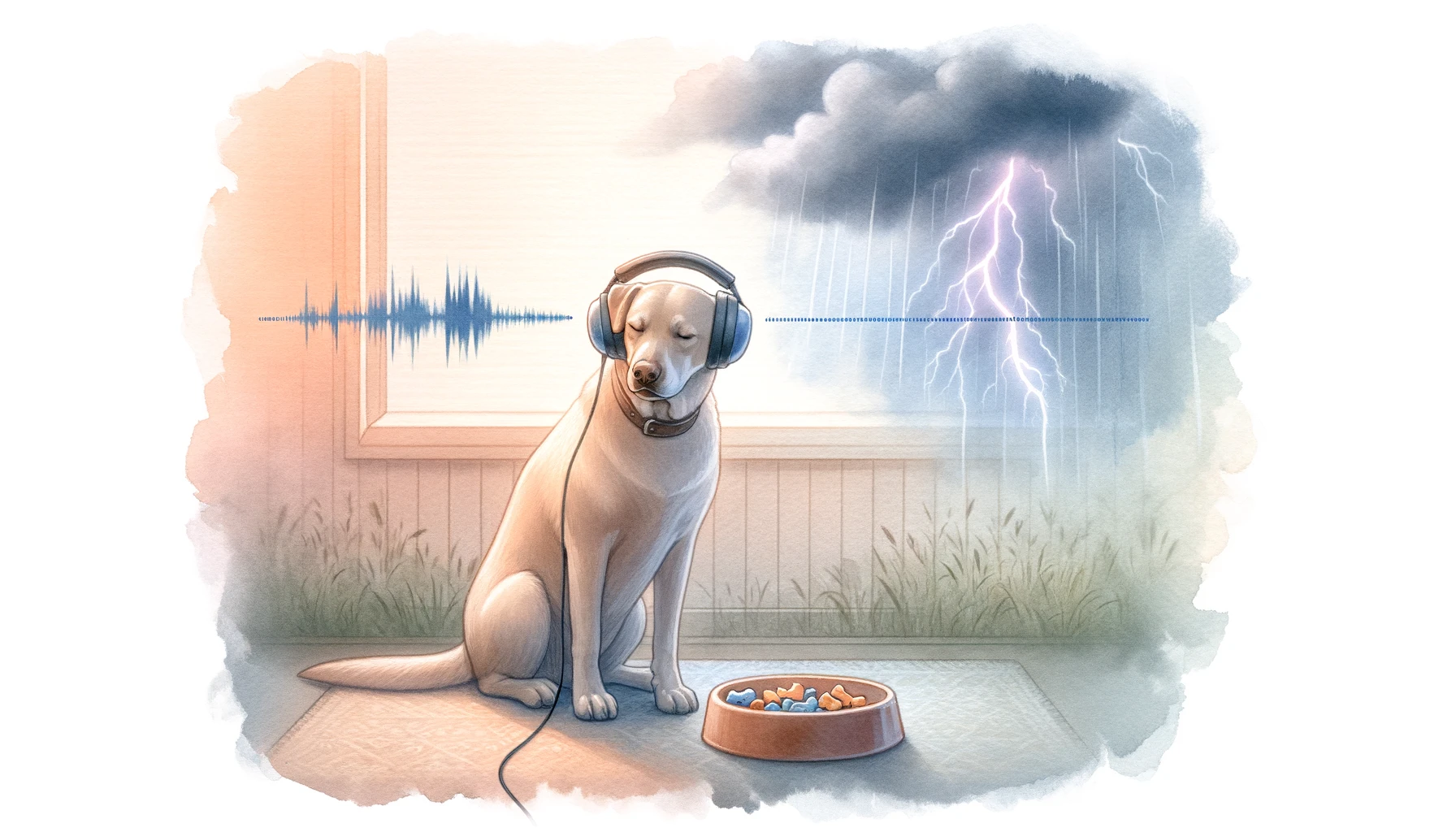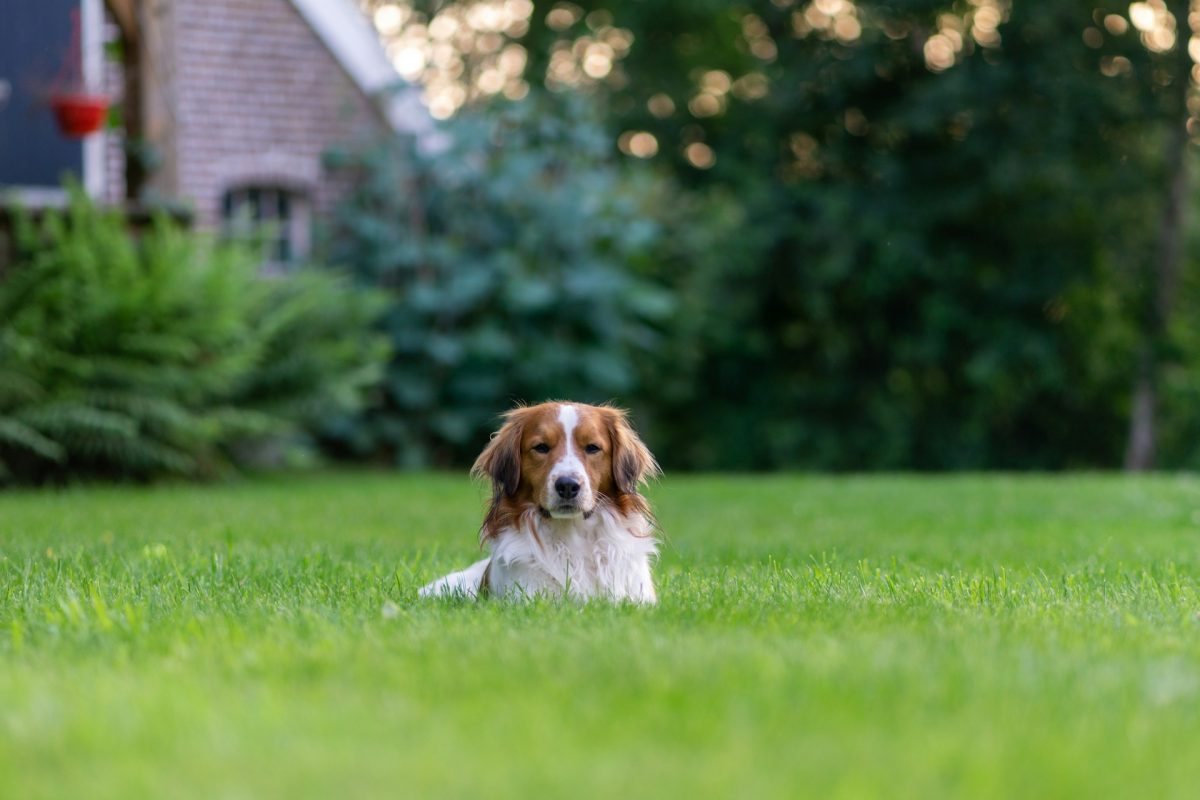Anxiety in dogs can manifest in many forms, from separation anxiety to fear of loud noises or new environments. As dog owners and trainers, our goal is to help our canine friends live a balanced and happy life, free from unnecessary stress and anxiety. Through consistent and compassionate training, it’s possible to reduce or even eliminate many sources of anxiety in dogs. Here are five effective techniques to help your dog overcome anxiety.
1. Desensitization and Counterconditioning
Desensitization involves gradually exposing your dog to the source of their anxiety at a level so low that it doesn’t provoke a fearful response. Over time, you can slowly increase the intensity or duration. Counterconditioning works by changing your dog’s emotional response to the anxiety-inducing stimulus, usually by associating it with something positive like treats or play. For example, if your dog is afraid of thunder, start by playing recorded thunder sounds at a low volume while engaging in a favorite activity to create a positive association.
2. Crate Training
Crate training can provide a safe haven for your dog, where they can retreat and feel secure when the outside world becomes too overwhelming. The crate should never be used as a punishment but rather introduced as a positive, comfortable space. Equip the crate with your dog’s favorite toys and blankets to make it inviting. Gradually acclimate your dog to spending time in the crate with the door open, then closed, ensuring to reward them for calm behavior.
3. Obedience Training
Basic obedience training provides structure and predictability in a dog’s life, which can be incredibly soothing for an anxious dog. Commands like sit, stay, come, and down can help distract your dog during anxious moments and give them a sense of purpose and achievement. Consistency in training and commands helps build a stronger bond between you and your dog, increasing their trust and security.
4. Socialization
Proper socialization is crucial for preventing anxiety, especially in puppies. Exposing your dog to a variety of people, animals, environments, and situations in a controlled and positive manner can help prevent the development of fears and phobias. For older dogs who are already anxious, controlled socialization can help build confidence. Always monitor your dog’s body language and proceed at a pace they’re comfortable with, using treats and praise to reinforce positive encounters.
5. Mindfulness and Relaxation Techniques
Incorporating mindfulness and relaxation techniques into your training can significantly reduce anxiety. Practices such as guided relaxation, where you gently massage your dog in a calm, quiet environment, can help lower stress levels. Teaching your dog to respond to a “relax” command by lying down and receiving gentle petting or massage can create a conditioned response to relax on cue.
Training is a powerful tool in managing and reducing anxiety in dogs. By using techniques like desensitization and counterconditioning, crate training, obedience training, socialization, and relaxation methods, you can help your dog navigate their anxieties more effectively. Remember, the key is patience and consistency. Every dog is unique, and what works for one may not work for another. Tailor these techniques to fit your dog’s individual needs and always proceed at a pace that’s comfortable for them. With time and dedication, you can help your anxious dog become more confident and content.



